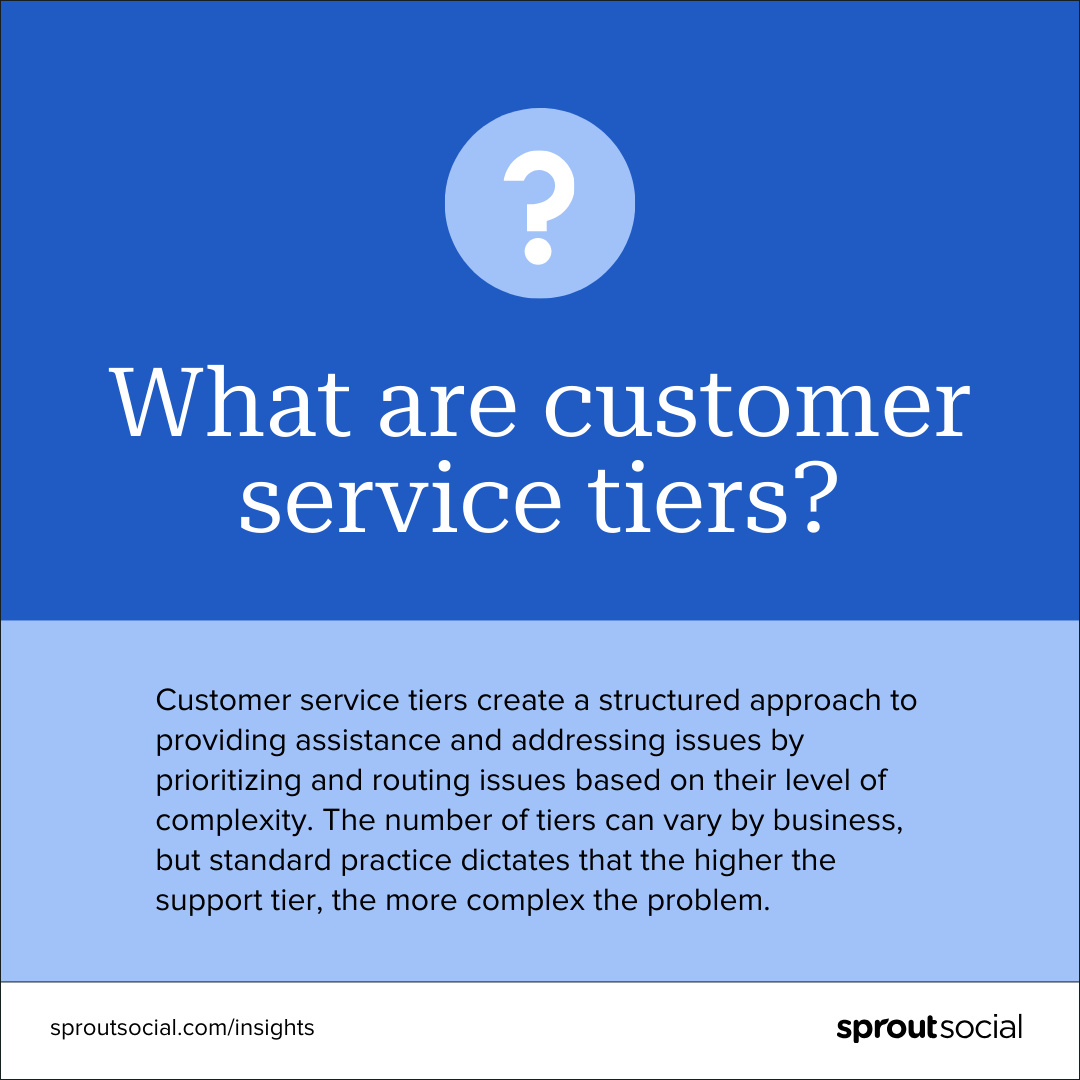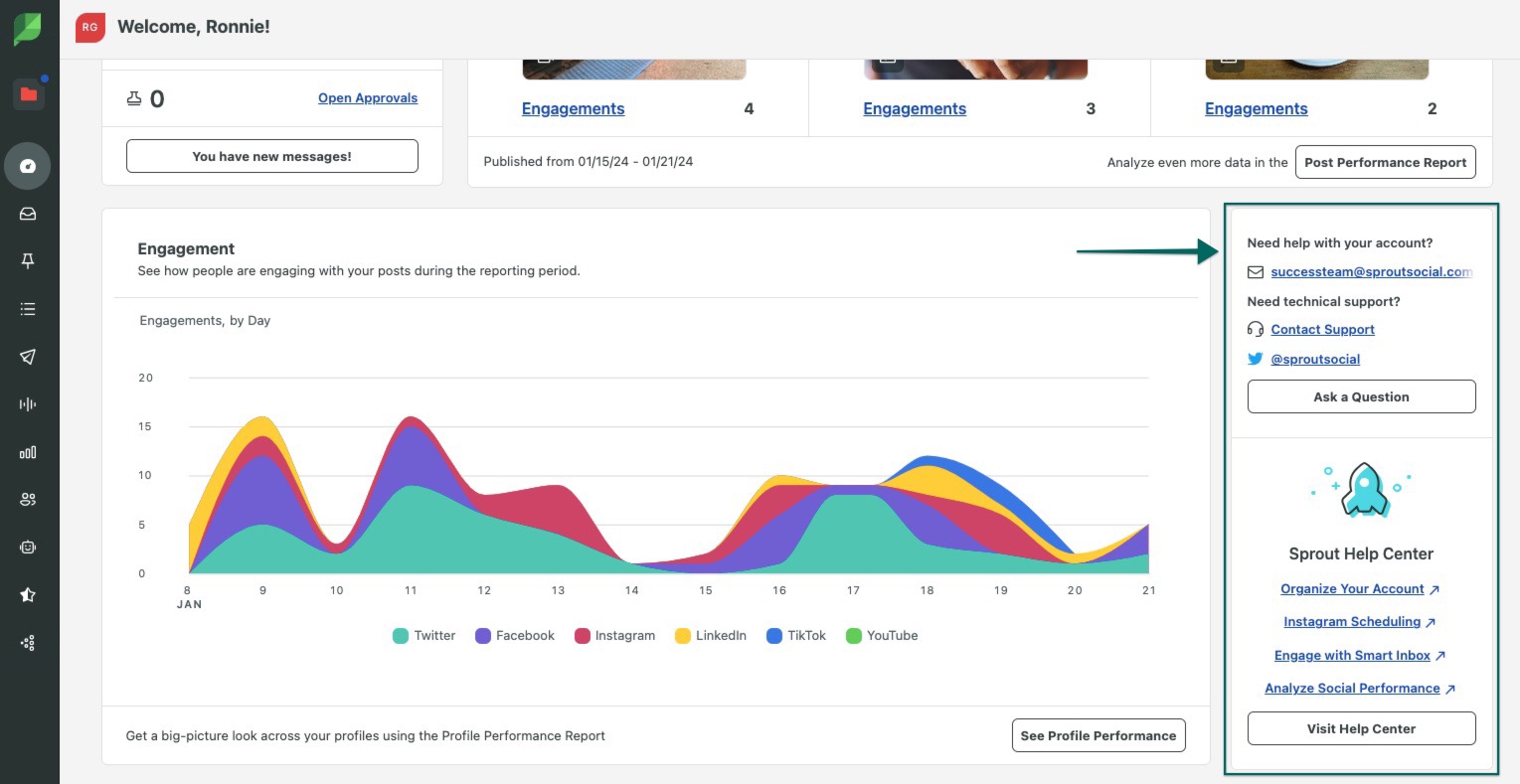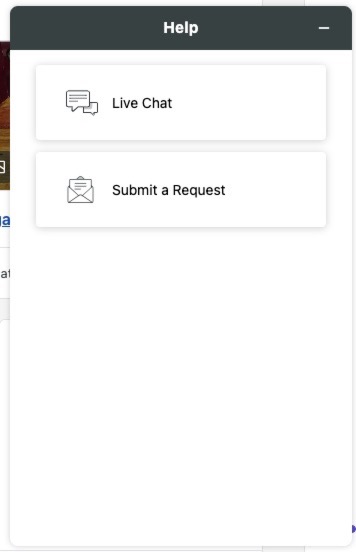Picture this: You log on for the day to see what customer inquiries came in overnight. The majority are asking if hours will be adjusted during an upcoming bank holiday. One person, however, is frantically trying to figure out why they were overcharged by your business. Who are you prioritizing?
If you answered “we route these issues to the appropriate support agent”, then you’re probably familiar with the concept of customer service tiers. These tiers make it easy to provide all customers with speedy, reliable service regardless of the issue at hand, setting your team up to provide more quality customer service.
In this guide, we explain the basics of tiered support, along with tips on how to tailor the approach to your social customer care processes.
What are customer service tiers?

Customer service tiers create a structured approach to providing assistance and addressing issues by prioritizing and routing issues based on their level of complexity. The number of tiers can vary by business, but standard practice dictates that the higher the support tier, the more complex the problem.
This approach works as an escalation system, so support agents can handle issues aligned with their set of abilities and system accesses.
Why do organizations use tiered support?
Customer support tiers bring much-needed order to your case management strategy.
Without this level of structure, skilled support agents might get stuck dealing with FAQ-level inquiries, while beginners wrestle with complex problems. It’s a recipe for inefficiency, not to mention frustration on the customer’s end.
Tiered support mitigates the risk of either scenario while creating better experiences for both agents and customers. On the agent side, it creates a clear path for career growth and specialization. For customers, it streamlines the support process, increasing the likelihood of timely and frustration-free issue resolution.
The basics of tiered customer service
You have questions, we have answers. Here’s what you need to know about the fundamentals of tiered support.
How many support tiers do you need?
The number of support tiers your business needs largely depends on the complexity of your service or product. For instance, a software company may require a more specialized support tier structure compared to that of a retail brand. That said, customer support tiers typically scale from zero to three, and include the following:
- Tier 0: This tier encompasses self-service portals such as FAQs and knowledge bases, along with bot support. These tools empower customers to independently resolve issues, offering a time and effort-saving solution for both parties.
- Tier 1: This tier of support is delivered by frontline or help desk support. This tier caters to customers who prefer engaging with a person to address routine troubleshooting issues, providing a personalized touch to issue resolution.
- Tier 2: This tier of support is typically provided by in-house technical experts. It’s meant for customers dealing with specialized problems that extend beyond basic troubleshooting. This tier offers a deeper level of expertise to address more complicated challenges.
- Tier 3: This tier is provided by highly specialized technical experts. Issues escalating to Tier 3 may include persistent challenges that call for developer investigation or questions from advanced users working with a more tailored version of your product or service.
How to define customer service tiers for your business
To define your tiered service approach, begin by assessing the different support issues your business usually deals with. Use reporting tools in your help desk software to get a clear view of recurring issues, along with those that may not happen as often but take up a significant amount of bandwidth when they do.
Once you’ve got a clear view of the business’s average support caseload, it’s time to evaluate those issues against the current structure of your customer service team. Match the expertise of your support agents with the difficulty of the issues they handle. This ensures that each support tier is well-equipped to handle specific challenges effectively.
As you implement your tiers, you’ll probably notice both shortcomings and opportunities. Document these and share them back with your team. This will establish a dialogue that supports ongoing strategic refinement, benefitting both your team and your customers.
An example of tiered support in action
Let’s take a peek behind the Sprout curtain to show what this all looks like in practice.
Our customers can initiate support requests from our website or from the platform itself. The Dashboard features a directory that enables users to self-select the type of support they’d like to receive. From there, they contact account services or our support team to reach our help center.

Customers that choose Sprout’s tier 0 support offerings use our self-service help center to access platform guides, release notes and information on managing permissions and billing. This reduces the overall amount of tier 1 requests that come through our system, while still making the option available to customers who need additional support to resolve an issue.

Tier 1 support is available through either request submission or live chat, providing customers flexibility depending on the urgency of the issue. From there, an issue can be resolved or escalated to the appropriate tier.
How social customer service tiers look different from standard support tiers
The majority of traditional support interactions take place in private conversations. On social, customers can provide their open and honest feedback to their friends, family and even some strangers, depending on the network. This may seem like a source of risk, but it’s also a major opportunity for brands that can successfully interject, navigate and shape the conversation to their benefit.
Social customer service tiers are a key tool for businesses looking to surprise and delight customers on the channel. However, they shouldn’t match the exact same criteria as your traditional customer service tiers. 
Social customer care rarely lives exclusively with one team. Creating effective social customer service tiers starts with deep collaboration between customer service and marketing departments. From there, you can set criteria for case creation. You can also determine what can be handled within your social media management platform versus what needs to be escalated to your help desk software.
Here’s what that escalation might look like in practice:
- Tier 0: A customer receives support through an automated social customer service chatbot.
- Tier 1: An agent provides support via comments or replies on a public post. This tier may also include simple questions sent via DM.
- Tier 2: An agent escalates an issue that involves sensitive customer information to a private channel or to help desk software. Anything that calls for billing, account or protected health information should be routed to your help desk software to protect your customer’s data.
How to set up customer service tiers in Sprout
Teams can create workflows that support superior customer experiences using Social Customer Care by Sprout Social. To set up customer service tiers, navigate to Settings by clicking on your initials in the lower left corner of the app. From there you’ll click Roles & Team Members under Account Settings.
The process begins with adding a new User Team. User Teams enable you to define appropriate groups of users who should receive and respond to different types of messages. In this case, that would be the agents working within a specific support tier.

Add a name, description and members to your new User Team, then click Create New Team.
Now that your team is good to go, it’s time to get case routing squared away. If you want, you can route Cases from directly within the Smart Inbox. However, if you’re dealing with a high volume of inbound messages, Sprout’s AI-powered Case Management solution would be a better choice.
Users with Administrative permissions can set up rules that automate case creation and routing by setting up Automated Rules under Global Features under Settings.

You can then set up Case Views by Tier, so that your team members only see cases that match their customer service tiers. Add custom views by going to Cases and selecting + Create New under Custom Views.

Set up Ordered Rules to ensure each Case reviews against one rule at a time, in the order you specify, so Cases are automatically routed to the appropriate tier without any overlap. Once a message matches a rule within the Ordered Rules section, no other ordered rules will run, ensuring the system routes your messages appropriately.
Bring tiered service into your customer care strategy with Sprout
Your customers deserve the same time and attention across all customer service channels. With Sprout, you can finally optimize your social customer care workflows and integrate them effectively with the rest of your customer service operations.
Find out how Sprout can help you go beyond customer expectations, at scale. Schedule a demo today.
Schedule a demo